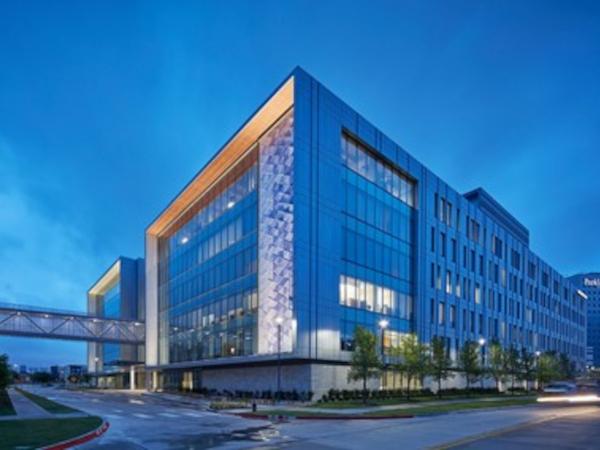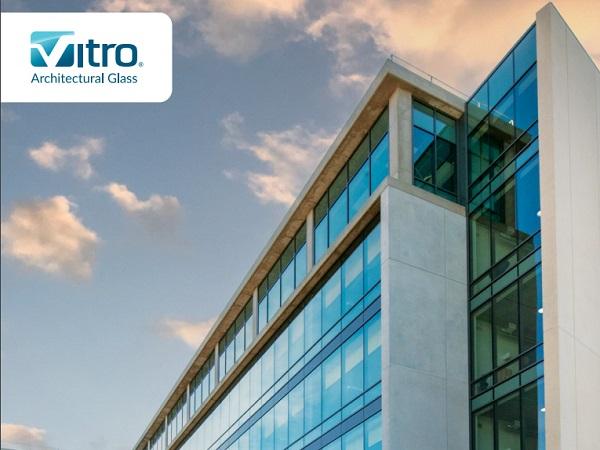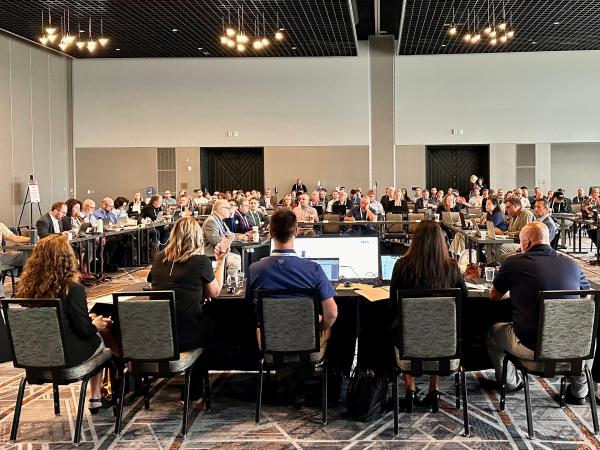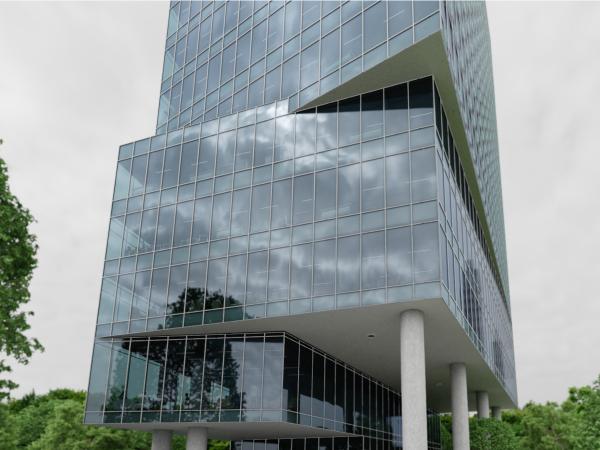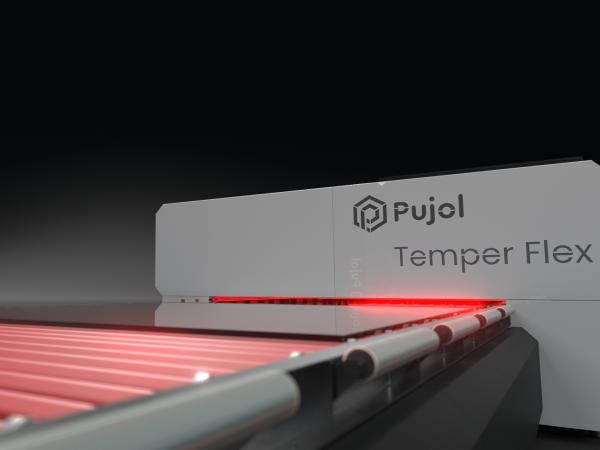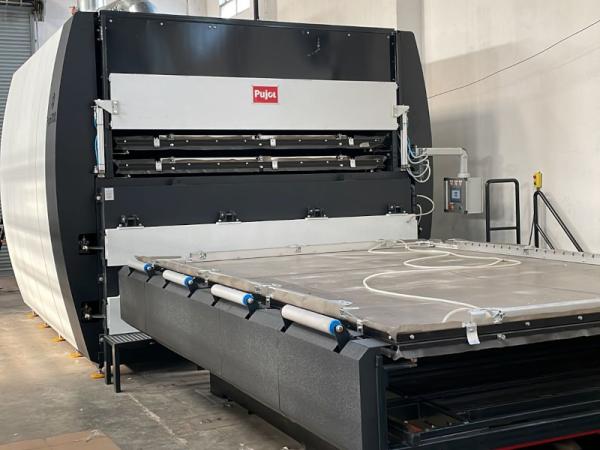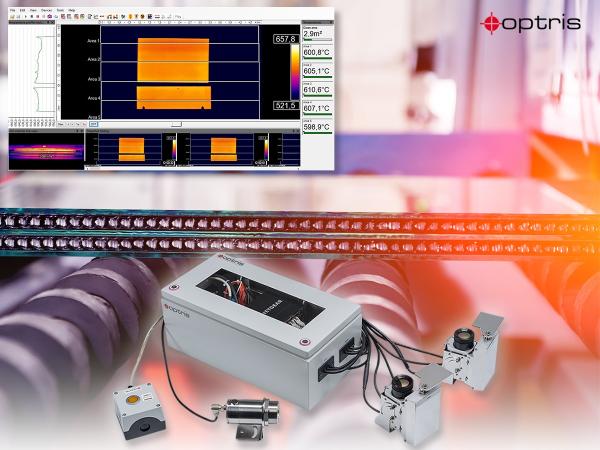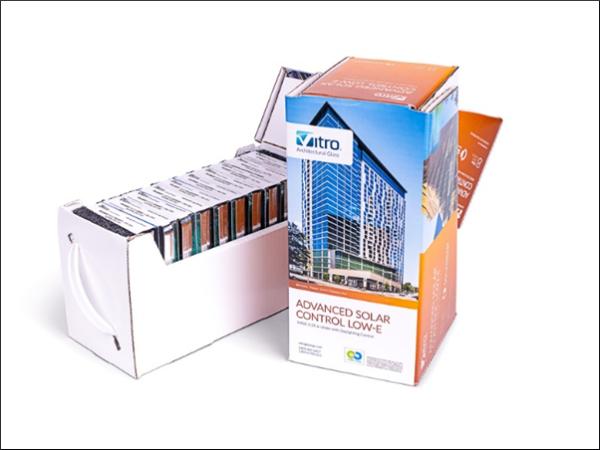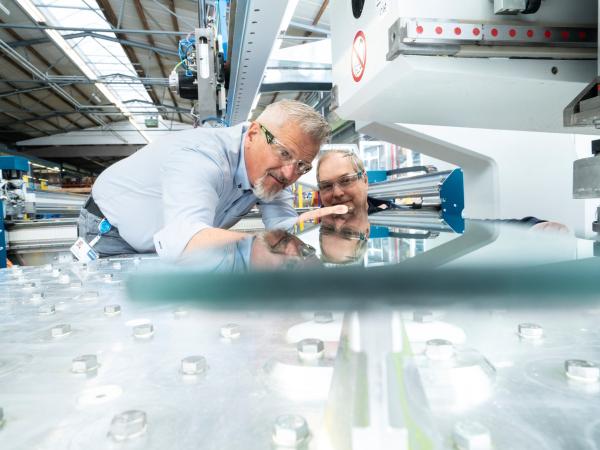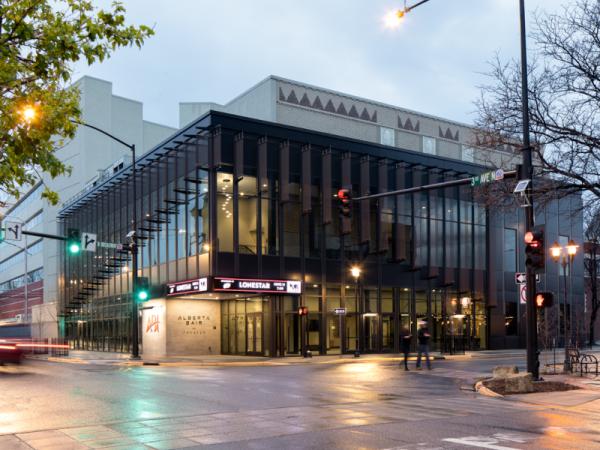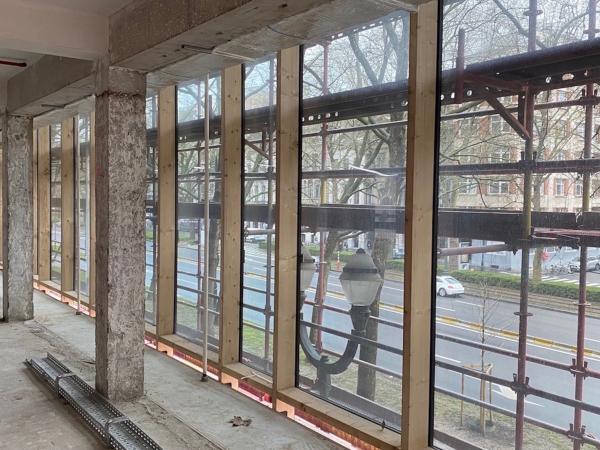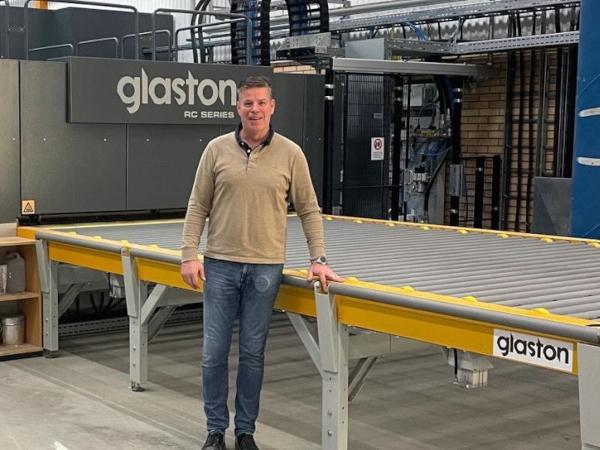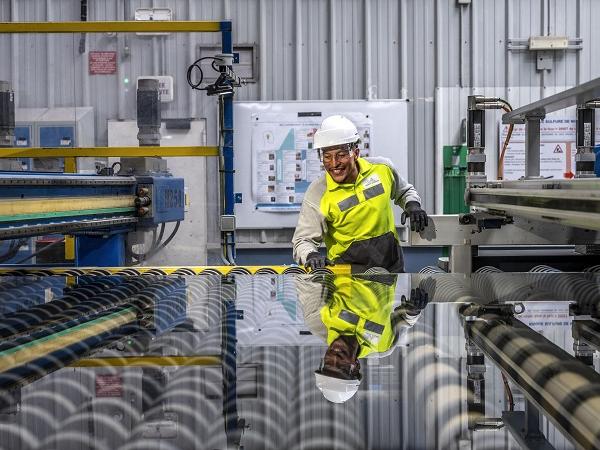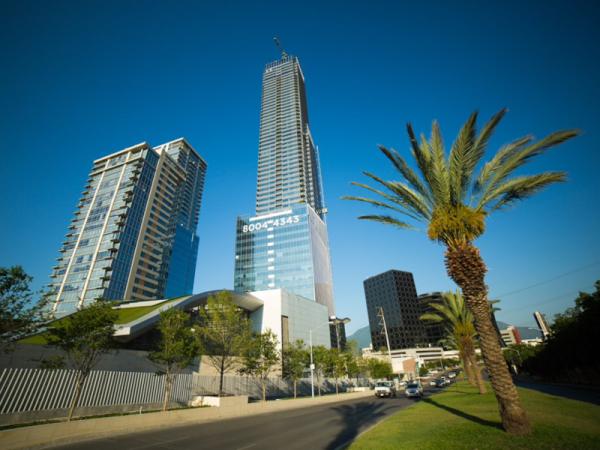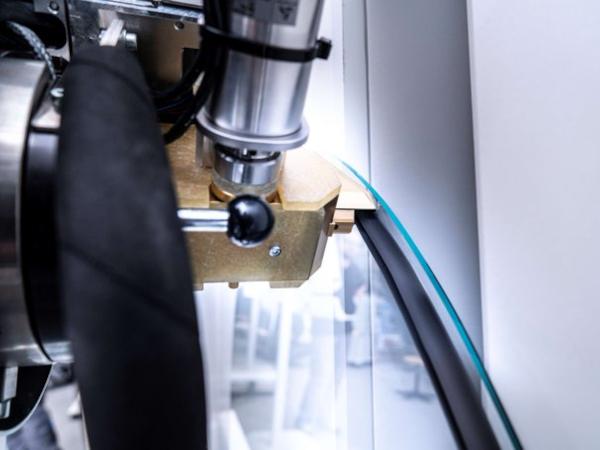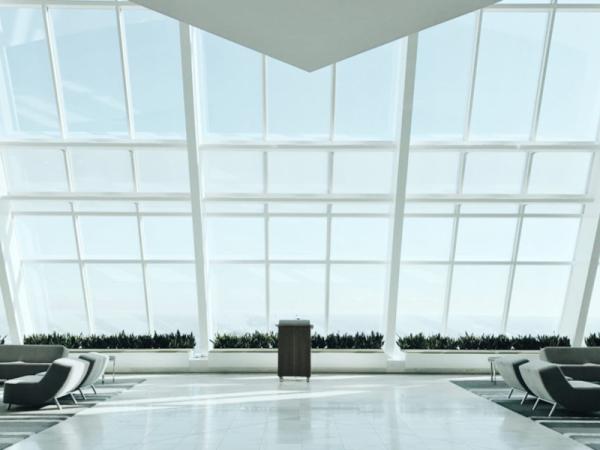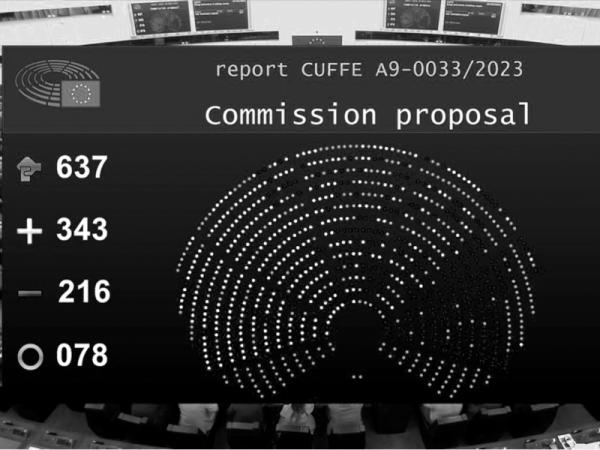Others also read
This year at Vitrum you can see the future of the glass industry
Large expanses of Solarban® 90 Acuity™ glass by Vitro Architectural Glass don the 484,000-square-foot Parkland Moody Outpatient Center in Dallas, Texas.
Vitro Architectural Glass has published its new glass catalog, which includes product details, performance data and inspiring project photography.
Glass and glazing industry technical leaders gathered at the NGA Glass Conference: Tacoma, July 25-27.
SunGuard SuperNeutral™ SNR 35 coating on clear glass
Solarban® 70 glass from Vitro Architectural Glass is the most commonly specified triple-silver-coated low-e glass in the industry.
Pujol 100 PVB+ has not only helped to reduce investment costs but will also allow significant savings in costs derived from a higher energy efficiency.
Coating independent temperature monitoring and quality control in glass tempering furnaces
Worldwide, glass manufacturing produces at least 86 million tons of carbon dioxide every year. A new type of glass promises to cut this carbon footprint in half.
Vitro has introduced a new Advanced Low-E Glass Sample Kit featuring Vitro’s wide range of high-performance Solarban® solar control, low-e glass products for convenient, hands-on comparison.
Guardian Glass North America honored the glaziers and fabricators of seven commercial projects at its 6th annual Commercial Project Awards event March 6 in Las Vegas.
Energy efficiency is one of the key ways to make the electricity you use in production go further.
Solarban® 70 glass was coupled with Optigray® glass from Vitro to accomplish a specific aesthetic.
eyrise® smart glass facades help this pioneering building renovation achieve WELL certification.
Higher production capacity with lower energy consumption
Vitro Architectural Glass announced that Erin Casci has been appointed product manager for MSVD coated products, a product group that includes Vitro’s signature Solarban® family of solar control, low-e coatings.
Saint-Gobain is the first manufacturer in the world to carry out a test production of flat glass using more than 30% hydrogen during Research & Development (R&D) trials at the Herzogenrath site in Germany.
New study conducted by independent consulting firm quantifies return on investment for advanced low-e glazings
The rising costs of fossil fuels, at least in big parts of the world, and a general pressure in the reduction of CO2 is driving industries of all kinds to explore and use alternative energy sources.
This blog on Glastory by Uwe Risle is covering the strategies to minimize costs in insulating glass production.
Automotive glass can contribute to reducing the environmental impact of vehicles.
Energy-efficient buildings products such as high-performance glazing must be considered as ‘strategic net-zero technology’.
Satinal Group is still on a path of growth, designing and installing a new TK Lamijet oven, projected for security glass lamination.
The European Parliament adopted its position on the Energy Performance of Buildings Directive (EPBD) with 343 votes in favour, 216 against and 78 abstentions.


